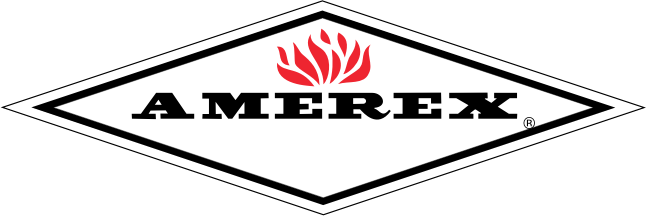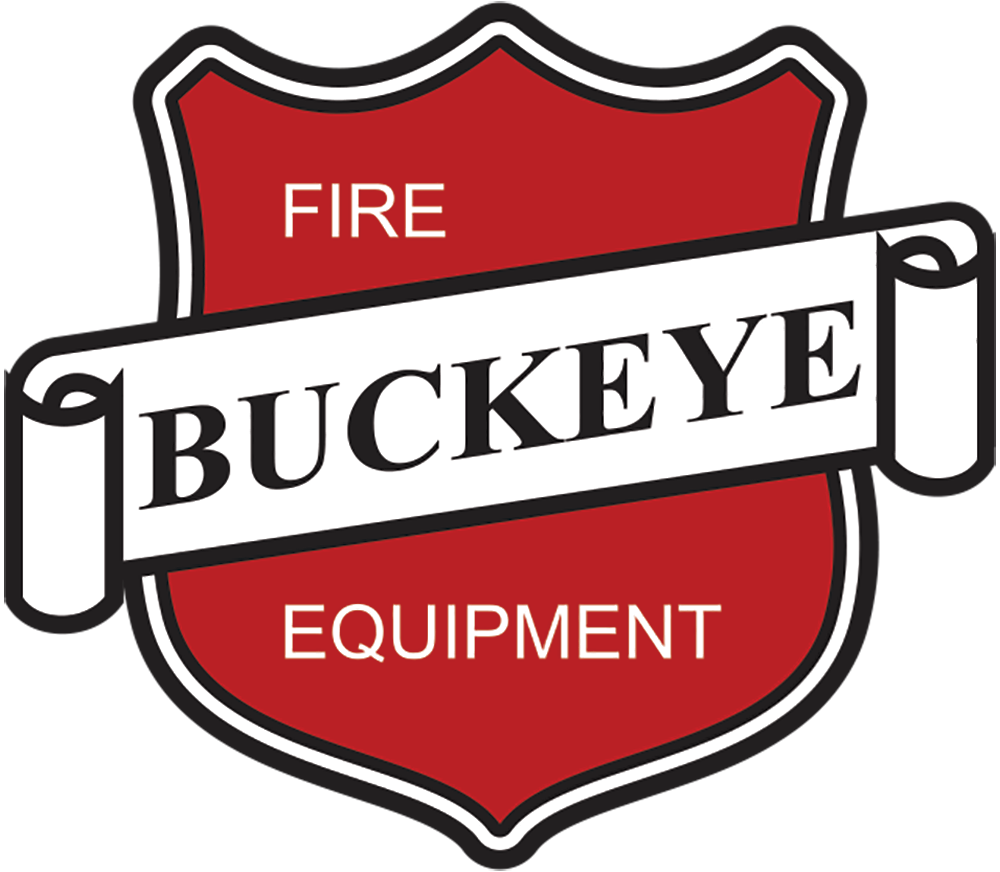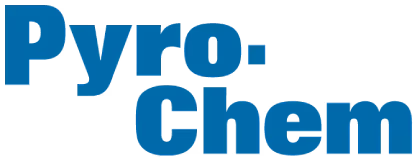Facility owners and managers invest in commercial fire protection systems as a reliable way to put out fires in emergency situations. One key component of these systems is the fire sprinkler head, which is crucial to their ability to function under extreme conditions.
You can guarantee your sprinkler heads’ effectiveness by having UL Solutions perform rigorous testing on them. This company performs inspections that will allow your commercial structure to meet industry standards set by the National Fire Protection Association (NFPA) 25. This blog will look at why you should have your system tested and provide examples of the processes involved in UL testing for commercial fire sprinkler heads.
Benefits of Sprinkler Head Testing
Although some building owners may view the process of having their sprinkler heads tested as an inconvenience, it can provide significant benefits and help prevent fire emergencies from escalating.
Protects Your Tenants

Having your sprinkler heads tested plays a critical role in preserving the lives of your tenants or staff during fire emergencies. By ensuring that your sprinkler heads can activate promptly and disperse water efficiently, you will mitigate the risk of a fire spreading uncontrollably in your building and causing harm.
Faulty or malfunctioning sprinkler systems can delay fire suppression efforts, posing greater hazards to occupants and first responders. Comprehensive testing provides you with the peace of mind of knowing that the safety infrastructure in place can protect people and reduce potential casualties when time is of the essence.
Reduces Damage to Your Structure
Another advantage is that testing helps you minimize structural damage during a fire. By testing that the heads will respond as needed, you will better protect your building’s framework, electrical systems, and other contents. You will safeguard your investment in your building and reduce the cost of repairs or rebuilding in the aftermath of a fire.
Helps People Evacuate More Easily

Sprinkler head testing also allows you to ensure that people can evacuate your building more easily in the case of a fire. By activating immediately to control and suppress flames, the working heads help reduce the heat, smoke, and toxic gases that can impede evacuation efforts.
This allows individuals more time and clearer pathways to exit the building safely. When paired with clear evacuation routes, operational sprinkler heads play a crucial role in minimizing panic.
Examples of NFPA 25 Regulations
By scheduling UL testing for commercial fire sprinkler heads, you allow your building to be more aligned with NFPA 25. Here are some examples of key NFPA 25 rules that may apply to your sprinkler heads.
Standard Response Units Need Testing After 50 Years
One NFPA 25 regulation is that standard response sprinkler heads must be tested fifty years after their date of installation. Over time, exposure to environmental factors such as temperature changes, humidity, and pollutants can degrade materials, affecting a sprinkler head’s performance.
Once this fifty-year milestone arrives, standard response sprinkler heads must undergo performance evaluations to confirm their functionality. They will also require testing every ten years after the last inspection. These measures will help prevent potential failures in older systems and extend the lifespan of fire protection systems in commercial buildings.
Dry Sprinklers Need Testing After 20 Years
People typically install dry sprinkler systems in unheated warehouses or outdoor structures that may experience extremely cold conditions. Because dry sprinklers operate under different conditions than wet sprinklers, they require earlier inspection and testing.
NFPA 25 mandates that you test dry sprinklers after twenty years of operation and have a follow-up test for every decade that follows. This reduced timeline helps prevent the sprinklers from rusting and ensures their integrity. Facility managers should maintain thorough records of installation dates and schedule testing promptly to comply with NFPA 25.
You Must Replace Leaking or Damaged Sprinklers
One last example of an NFPA 25 guideline is that you must immediately replace a sprinkler head that shows signs of physical damage, corrosion, or leakage. Damaged sprinklers may fail to activate during a fire or spray water ineffectively, reducing the chances of controlling the fire quickly. You must promptly replace damaged components to reinforce the safety and reliability of the overall fire protection system.
What Happens During UL Testing
When property owners send sprinkler head samples to UL Solutions for testing, the company evaluates their reliability, performance, and ability to withstand extreme conditions. The company subjects each fire sprinkler head design to controlled testing environments to simulate various fire scenarios.
These tests determine whether the sprinkler heads will activate effectively, distribute water uniformly, and withstand the physical demands of their role in a fire suppression system. In addition to providing this service to property owners, the company also offers it to sprinkler manufacturers and insurance firms. With millions of lives depending on properly functioning sprinkler systems, UL’s stringent testing procedures confirm that these systems will perform adequately in real-world emergencies.
Here are two examples of the key tests UL conducts to validate sprinkler head performance.
The Plunge Test
During a plunge test, UL subjects fire sprinkler heads to prolonged exposure to extreme heat. It will place the heads in an oven with controlled high temperatures to simulate the heat found in a fire environment. This test assesses whether the activating mechanisms respond accurately under high-heat conditions.
The Crib Test
Another example is a crib test, which helps evaluate a sprinkler head’s effectiveness in suppressing fires. This test creates a controlled fire environment, where a wooden crib ignites under a sprinkler head. The test evaluates how well the sprinkler system controls and extinguishes the flames. The results help fire safety experts assess whether the sprinkler head offers reliable performance in real fire scenarios.
Now that you know about some of the processes that UL uses to test your sprinkler heads and the benefits that they can provide your facility, it’s time to have yours checked. Start the process of ensuring that these components are fully functional and capable of safeguarding your facilities and occupants today. Hedrick Fire Protection can help you in this process with its range of fire equipment servicing options. In addition to offering UL 300 restaurant fire system upgrades, we can help with fire sprinkler inspections and tenant improvements that will help you pass UL’s rigorous tests.



